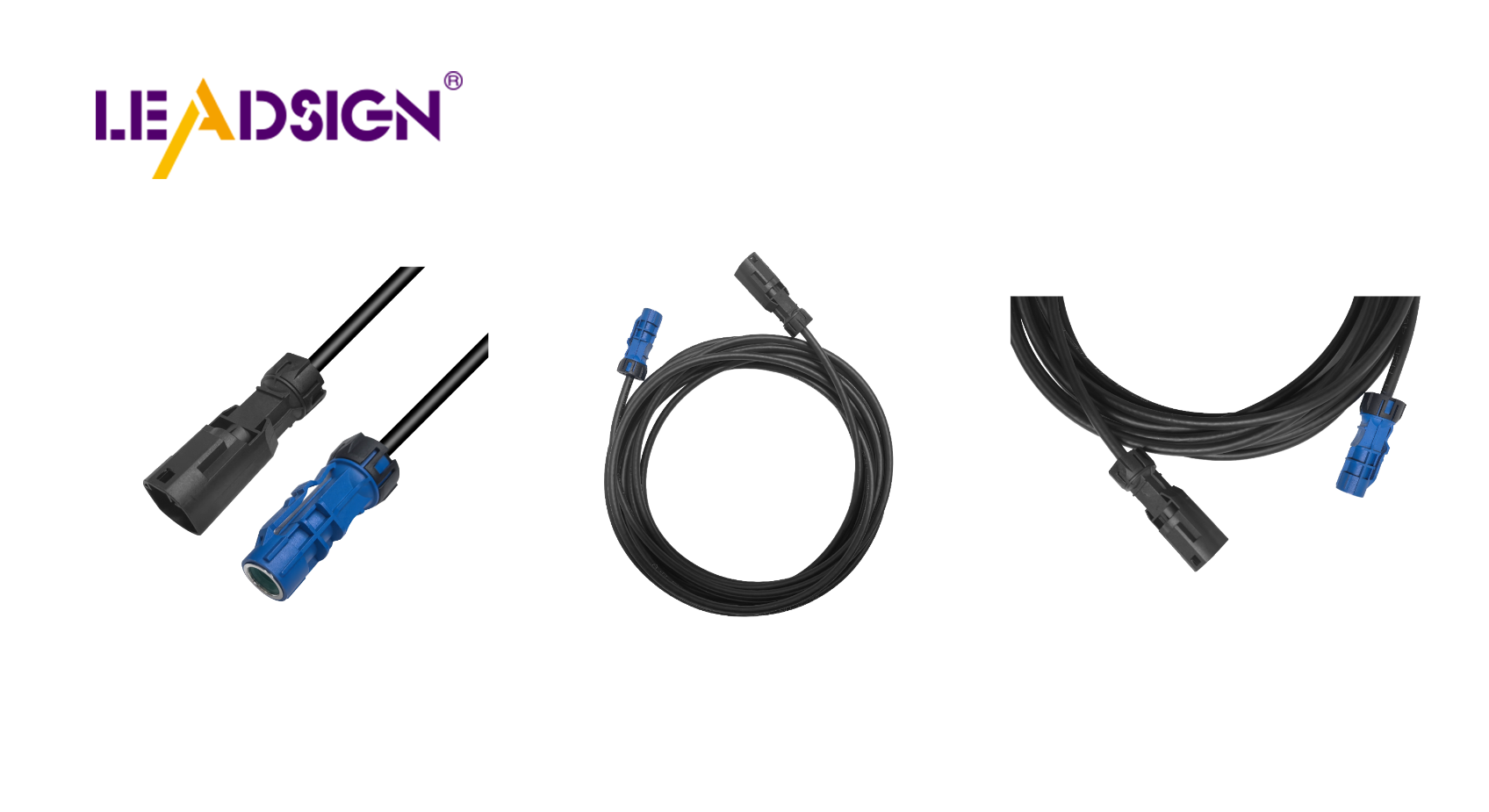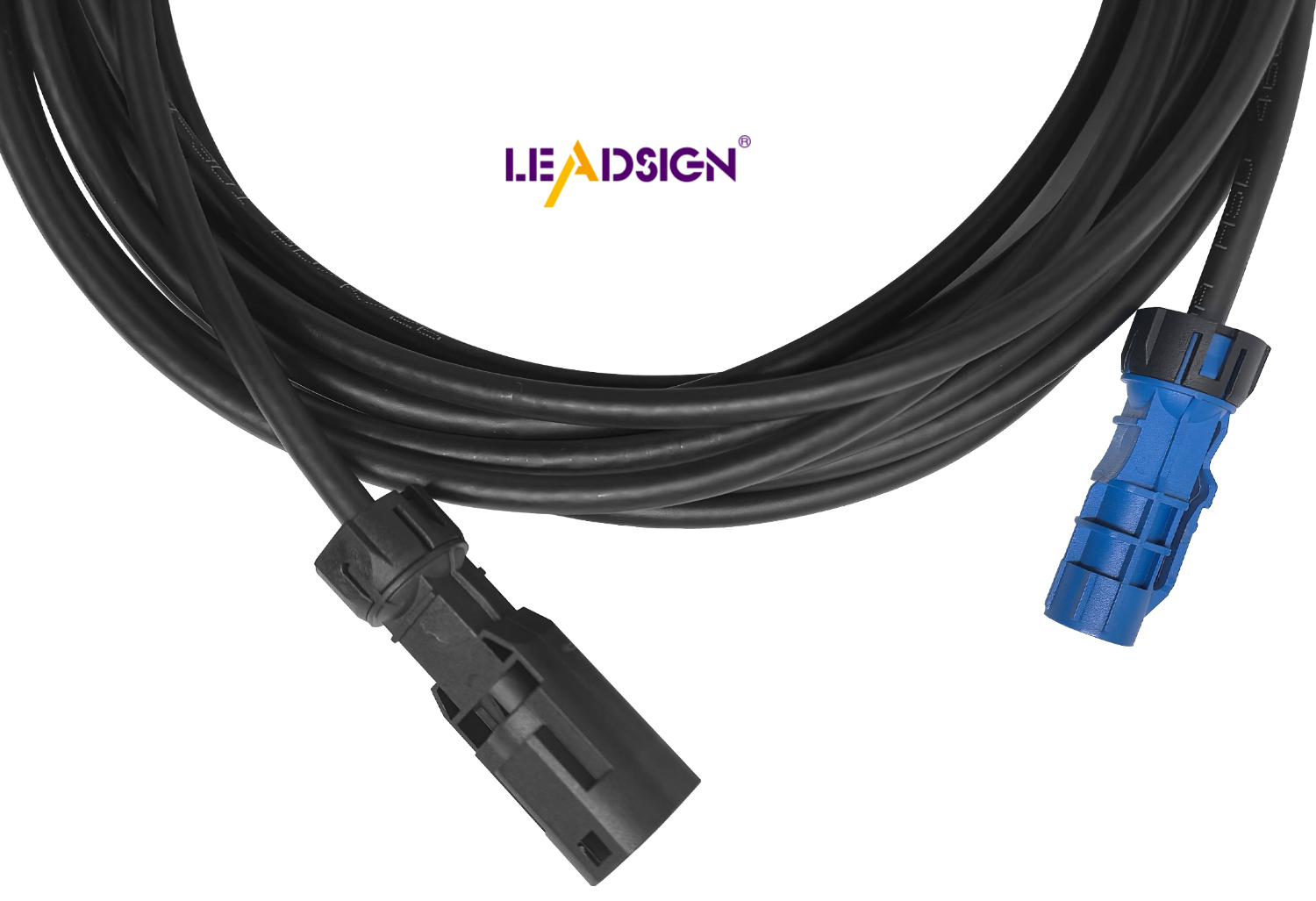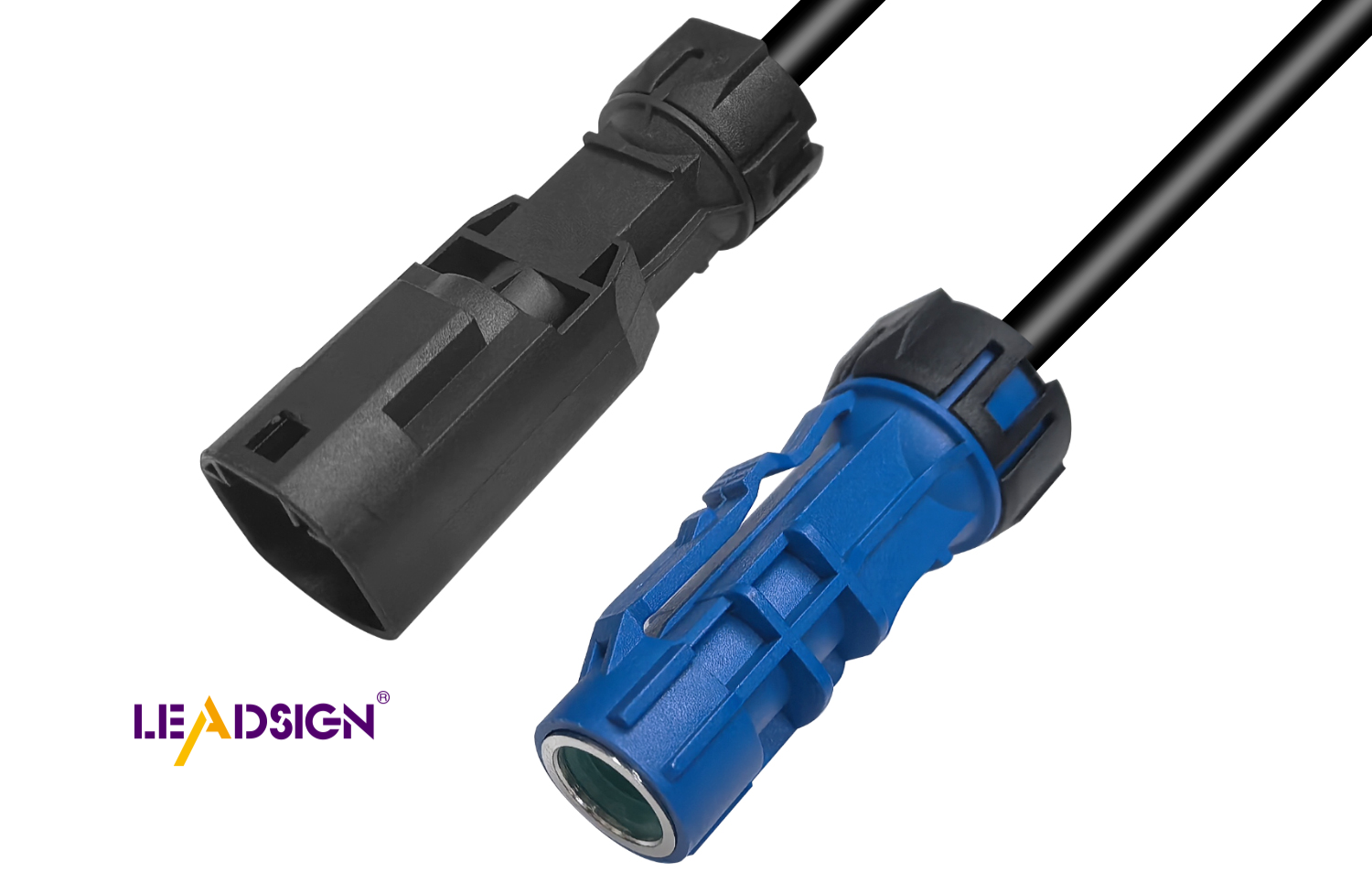What You Should Know About Automotive Harness Connectors in 2025

Auto harness connectors are very important in today’s vehicles. They link and arrange electrical systems to send power and signals smoothly. As car technology improves, these connectors are even more needed. They help systems like engine controls, airbags, and lights work well. This stops problems that could make cars unsafe. Electric and hybrid cars make electrical systems more complex, showing why auto harness connectors matter. Good connectors keep your car running safely and properly. They are a must-have in modern cars.
Key Takeaways
Car harness connectors link electrical parts, helping cars work safely.
Picking the right connector means thinking about weather, strength, and signals.
In 2025, better materials and designs will make connectors stronger. They will be very important for smart and electric cars.
Uses of Auto Harness Connectors
Linking car electrical systems
Auto harness connectors join different parts of a car's wiring. They help things like radios, sensors, and lights work together well. Without them, car wiring would be messy and not dependable.
Here’s how these connectors are used in various ways:
Application Type | Description |
|---|---|
Inside connections | Links parts inside the car, like radios and sensors. |
Outside connections | Used during fixes to link cars with diagnostic tools. |
Temporary replacements | Helps swap devices while repairs are being done. |
By organizing wires, these connectors make cars easier to fix and more efficient.
Sending power and signals smoothly
Cars need wire harnesses to send power and signals between parts. These connectors help power reach the engine, lights, and screens. But things like heat, water, and shaking can cause problems.
To handle this, new connectors are made with strong locks and tough materials. This keeps car wiring working well, even in tough conditions.
Helping new car technologies
As cars get smarter, better wire harnesses are needed. Connectors now support fast data for cameras, USBs, and Ethernet. They also help with digital screens and safety systems, making cars smarter.
By helping these new features, connectors improve car safety and performance. They keep cars ready for the future.
Types of Automotive Electrical Connectors

Knowing the types of automotive electrical connectors helps you pick the right one. Each type has a special job to keep your car working well.
Pigtail connectors
Pigtail connectors fix small wire damage in your car. They link wires to parts like the engine or safety systems. These connectors are simple to use and replace for quick repairs. But they can wear out, causing rust or shaking problems. Checking them often helps prevent failures.
Terminal blocks
Terminal blocks join many wires without cutting them. They are great for organizing tricky wiring in cars. These connectors hold wires tightly, stopping them from coming loose. Use them for lights or entertainment systems. They are easy to set up and keep working well.
Multi-pin connectors
Multi-pin connectors are key for cars with advanced features. They connect many wires in one place, sending power and signals. These connectors work for cameras, sensors, and screens. Their small size saves space but still works great.
Weather-resistant connectors
Weather-resistant connectors guard your car’s wires from tough weather. They block water, dirt, and heat. These connectors are perfect for headlights or outside sensors. Using them keeps your car’s wires safe in bad conditions.
Tip: Picking the right automotive electrical connectors makes your car safer and better. Always think about your car’s needs when choosing connectors.
Picking the Best Wire Harness for Your Car
Choosing the right connector for your car
Start by picking a connector that fits your car type. Each car has different needs, so check these things:
Weather conditions: Will it face heat, cold, or wet areas?
Strength: Pick connectors that lock well and handle shaking.
Signal quality: Make sure it avoids signal loss with low resistance.
Also, check the connector's electrical features:
Current limit: It must handle the highest current safely.
Voltage limit: The insulation should block the system's top voltage.
Contact resistance: Low resistance keeps signals flowing smoothly.
Insulation resistance: High resistance stops leaks in the current.
The right connector keeps your car safe and working well.
Checking pin layout and fit
The pin layout is key to matching the connector with your car. Make sure the pins line up with your car's wiring. If they don’t, power and signals might not work right.
For advanced cars, multi-pin connectors are often the best pick. They send fast data for cameras, sensors, and screens. Always count the pins and check their setup before buying.
Thinking about the environment
The environment affects how well a wire harness works. Pick connectors that handle heat, cold, and shaking. Look for seals and coatings to stop rust and water damage.
Connectors with high IP ratings are great for tough spots. For example, weatherproof connectors work well for headlights or outside sensors. By thinking about these, your car’s harness will last longer.
Tip: Use connectors that meet car industry rules. This ensures they are good quality and last a long time.
Advancements in Automotive Harness Connectors by 2025

New materials and stronger connectors
By 2025, better materials will change auto harness connectors. Companies are using eco-friendly materials to protect the environment. Lightweight materials are popular because they save fuel. Plastic is still widely used, making up 45% of the market. It is cheap and light. Metal is strong and handles heat well, covering 30% of the market. Ceramic materials are growing because they insulate and handle heat. Composite materials are new and resist rust while being lightweight.
These new materials make connectors last longer. They work well in tough conditions like heat, shaking, and wetness. This makes your car’s wiring more dependable and durable.
Helping smart car systems
Auto harness connectors are key for smart car systems. They send fast data for cameras, sensors, and entertainment. Smart harnesses with sensors collect data in real time. This helps find problems early, saving money and improving reliability. V2X systems also need advanced connectors for smooth communication.
These changes make cars safer and smarter. They keep power and data flowing, which modern cars need.
Better designs for electric and self-driving cars
Electric and self-driving cars need special wire harness designs. High-voltage systems use better insulation and heat control. Lightweight materials like aluminum and smaller connectors reduce weight. Modular systems make upgrades and repairs easier. Thin wires and compact designs save space but stay efficient.
Smart harnesses with sensors improve safety and performance. They check systems in real time to ensure everything works well. These designs meet the demand for safer and more comfortable cars.
Note: These new automotive electrical connectors are shaping the future. They prepare vehicles for electric and self-driving challenges.
Car harness connectors are key for safety and performance. They keep systems like ECUs, airbags, and ABS working well. Picking the right connector stops rust and problems. Cool updates like smaller sizes and smart tech will change car wiring by 2025. These changes will make cars safer and work better.
FAQ
What does an automotive harness connector do?
It connects your car's electrical parts. This helps power and signals move smoothly, so everything works safely and properly.
How can you pick the right connector for your car?
Choose one that fits your car's needs. Check the pin setup, how it handles weather, and if it matches the car's power and voltage needs.
Can automotive harness connectors handle bad weather?
Some can. They keep wires safe from water, dirt, and heat. These are great for things like headlights and outside sensors.
See Also
Why Fakra Connectors Are Essential for Today's Vehicles
Understanding the Role of HSD Connectors in Automotive
Key Benefits of HFM Connectors for Automotive Applications

